Staying in the field of music with a decent awareness of all sorts of musical instruments will be a great blessing to you. Many music lovers try to compose or recreate certain tune of songs or tunes and many of them depend on instruments like keyboards or pianos. Yet some others use synthesizers. All of them look more or less the same with different keys and buttons here and there.
As far as a common man is concerned all these instruments seem to be the same and are not bothered about the differences if any. But if you are a keen music lover or listener, you must know the nuances of each of these instruments. This short guide may help you to get through the same.
Table of Contents
Digital Pianos
With slight modifications to the traditional acoustic pianos, the digital pianos entertain the players with fully weighted keys. Along with the 88 keys in the digital piano, one can find many other extra features, functional keys, and settings there. The users are expecting the same sound quality as that of the acoustic piano in a digital one too with the added advantages of a lightweight, affordability, and extended functionality for open-stage performances. You may have heard about the electric piano too, which is a name derived from the working method of the same digital piano.
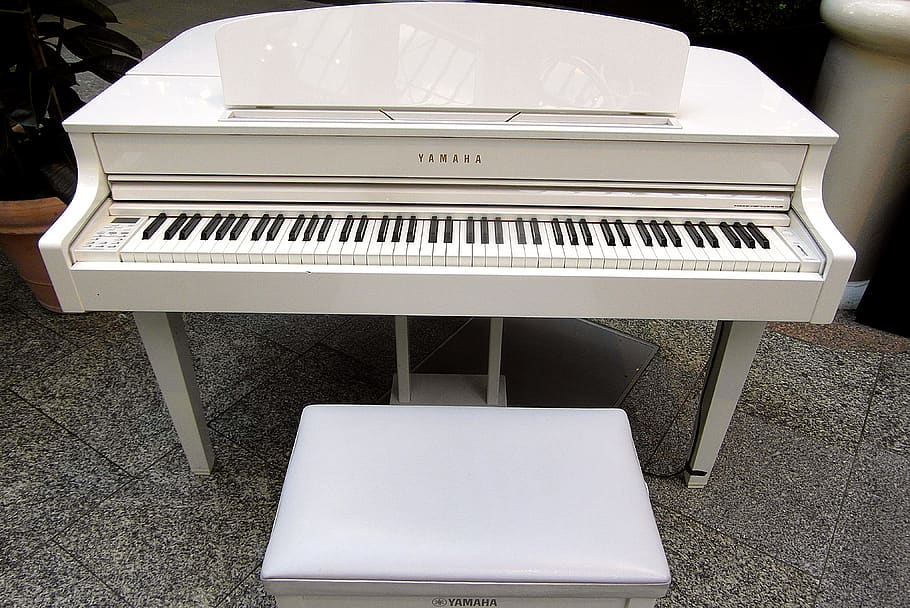
Each of the keys produces a unique sound as they are connected to a hammer. When you strike a particular key, the associated hammer will hit on the wire-like tin. The vibrations produced in the metallic reed will be very soft and hence the sound will be feeble. The inbuilt amplifiers are the greatest characteristics of digital pianos. The feeble sounds from the metallic strips will be picked up by the electromagnetic leads and sent to the amplifiers. The enhanced sound from the amplifiers will help you to relate the instrument with the acoustic pianos.
But a noteworthy point in this instrument is that it never makes use of digital software. Instead, you can connect them to an external computer through a MIDI output. This feature enables the user to create a record or edit versatile music with the interfacing of additional instruments.
Check out: Top 5 Best Digital Pianos Under $1000
Keyboards
Revolving around the greatest comfort of portability, experts designed the keyboards. Keyboards are the best companions for traveling musicians or learners. The lightweight is a compromise with the key weights. All the keys in the keyboard are half-weighted, compromising the sound quality. Some keyboards even cut short the number of keys to 61 instead of the normal 88 keys offering a comparable playing experience.
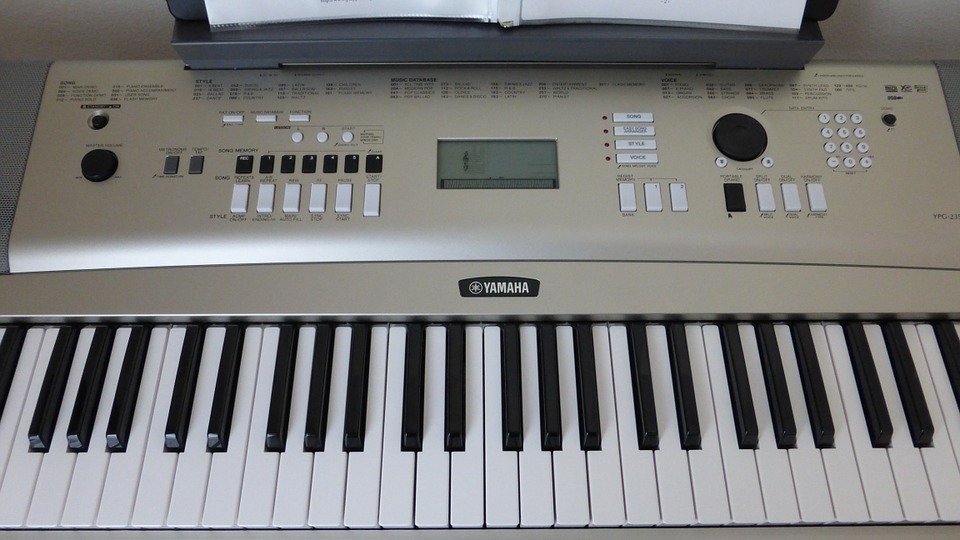
The keyboards are mainly considered kid-friendly because of the three main reasons- durability, cost, and portability. When we use the instrument for learning purposes loading and unloading issues will arise. Hence high durability is always preferred on these instruments. The initial cost of purchase and the later maintenance cost of the keyboard is very cheap compared to digital pianos.
But on the keyboard people can’t expect realistic music. But an experienced hand can produce versatile music with the available tones and inbuilt rhythms of the keyboard. With some interesting key combinations and slight modifications in the baseline, you can bring out the uniqueness. If you are less concerned about high-quality samples, the keyboards will be the best choice for you.
Check out: Top 7 Best Digital Pianos & Keyboards for Beginners
Synthesizers
More than a musical instrument, you can better rate it as a controller. They are best at producing mere sounds which lie far away from conventional music. They are generating just audio signals and alter them to sounds. These sounds are set to particular frequency scales and applied musically; hence able to turn out the largest drawback into the greatest feature. They can recreate an ample assortment of sounds like human and animal voices, natural sounds like the ocean, rain, thunderstorm, and many other electronic sound music.
They show different key allocation systems ranging from 37, 49, 61, 76, and 88. You can never expect a fully weighted key system here. Some of them use partially weighted key systems. The versatility of the synthesizer is in terms of the built-in functions, which make them more compatible with live shows and modern music. But they lack an inbuilt speaker and seek the help of outdoor sound coordination.
Making the wise selection
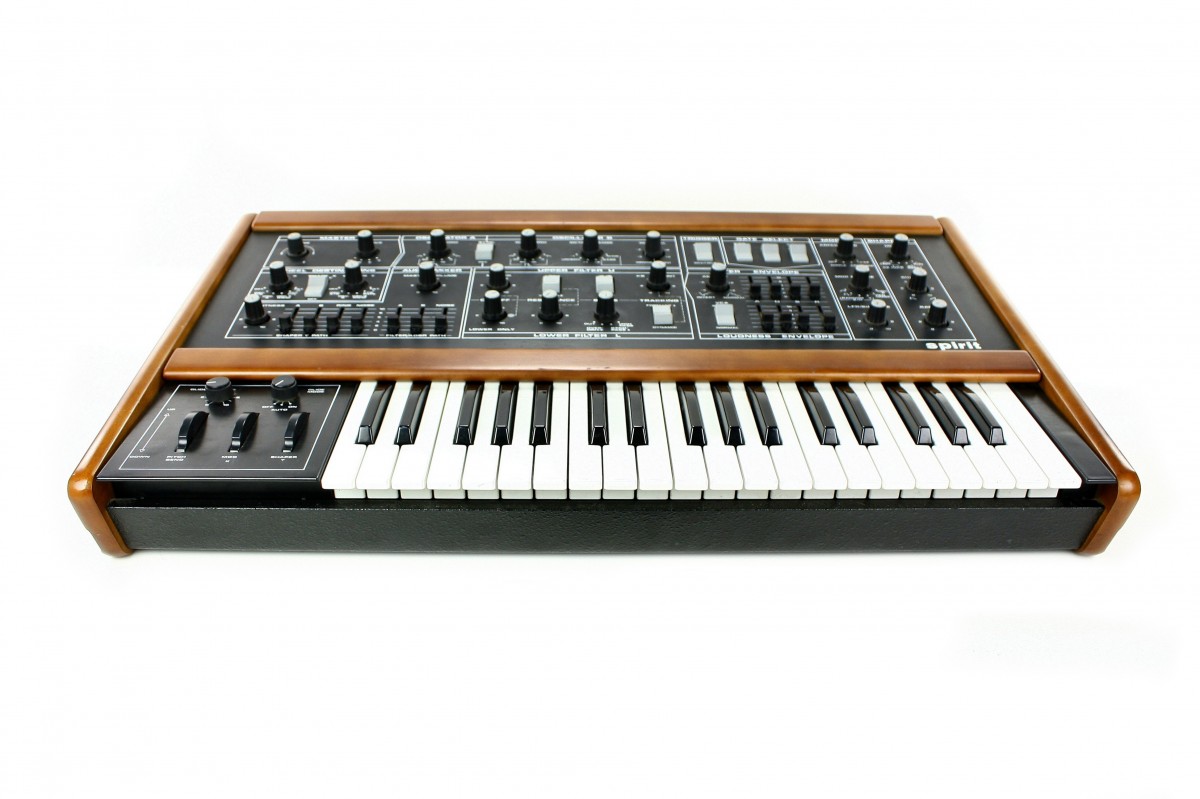
The selection criteria must be rooted in the utility of the instrument. The user only can decide on that. If you are a beginner or learner in the field, it will be better to go for the more durable and portable keyboards. One can find many varieties in the keyboard itself, like portable arranger keyboards, workstations, etc in affordable ranges.
If you love to have the great sound quality as that of the original acoustic piano and are ready to find out a place for that in your home, go for the digital piano. They will offer you a wide note range offering a larger number of octaves to you. Accordingly, you may have to expect a little lengthier instrument.
As far as synthesizers are concerned they are best suited for performers or music producers. Though learning the technical features will be a cumbersome process, nothing can beat the performance effects of the synthesizer. Especially for studio operations, they constantly have an upper hand.
Digital Piano vs. Keyboard vs. Synthesizer - Tabular Difference
| Basis | Digital Piano | Keyboard | Synthesizer |
|---|---|---|---|
| Overview | Traditional acoustic pianos are replicated by digital pianos. In general, the touch, feel, and sound of a digital piano are more like an acoustic piano. | Comparatively speaking, keyboards are more compact than digital pianos. | A synthesizer is an electronic musical instrument that produces audio signals. |
| Number of Keys | Most digital pianos have 88 keys, just like an acoustic piano. | They often feature 61 or 78 keys instead of the full 88, and they are frequently lightweight. | They show different key allocation systems ranging from 37, 49, 61, 76, 88. |
| Users | Digital Pianos are suited for beginners, intermediate, advanced, and even classical pianists. | Keyboards are the best companions for traveling musicians or learners. | As far as synthesizers are concerned they are best suited for performers or music producers. |
| Weight | They are available in full weight and lightweight. | Although they are simpler for smaller hands because the keys are typically semi-weighted or unweighted, | They are very lightweight. |
| Others | They are often constructed in one of three configurations: on a keyboard stand, in a cabinet, or upright like a standard upright acoustic. | Electronic pianos are not even close to an acoustic piano in feel. | Waveforms are generally produced by synthesizers using techniques including subtractive, additive, and frequency modulation synthesis to produce sounds. |
Which sounds better?
How important is sound quality to you? Are you trying to find a piece of equipment that can replicate the sounds of a top-tier Yamaha or Steinway acoustic piano? If so, a digital piano might be preferable over a keyboard.
A keyboard would be a better option if you are more interested in having a large selection of sounds to choose from and some level of customization to those sounds. Many keyboards feature 100 or more sounds, and many keyboards have parameter controls so you may tweak and fine-tune those sounds to some extent.
Synthesizers initially appear to be just another high-tech piano or keyboard. However, there are several distinctions between a synthesizer and a piano.
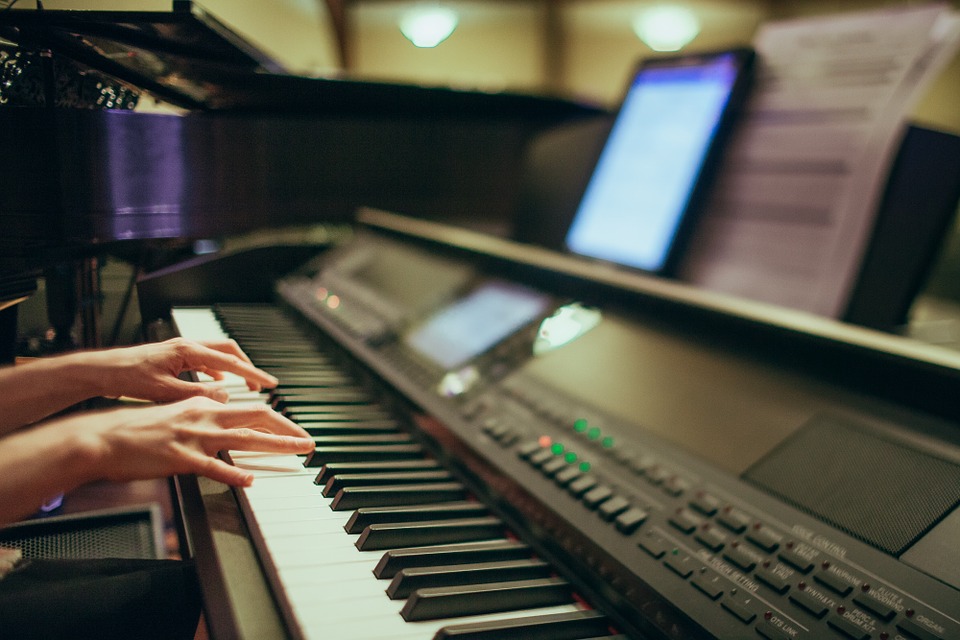
For newbies in this field, delving deeply into the ocean of crucial instruments can be a difficult and perplexing endeavor. The main justification for this is that, when it comes to digital pianos and synthesizers, amateurs will undoubtedly find it challenging to differentiate between the two.
Currently, all digital instruments with keys are referred to as keyboards or digital pianos due to the state of the market. There are certain fundamental contrasts that one needs to be aware of before playing a significant role in the music section, even though the people are not entirely off in their assumptions. The distinction between digital pianos and other instruments with keys is quite small and deceptive.
If you are debating between a keyboard and a synthesizer piano, you need to know that it all relies on your goals. As many trailer strings as well as drones are made using synthesizers, they best meet the needs of sound designers and producers. The features of the synthesizers are also used to create the extra spice that is present in most of the tunes. The piano sample of the electronic ones is not as genuine, but they have more vocal selections and can produce a wider spectrum of tones. Thus, if you are a classical student, you should unquestionably choose digital pianos.
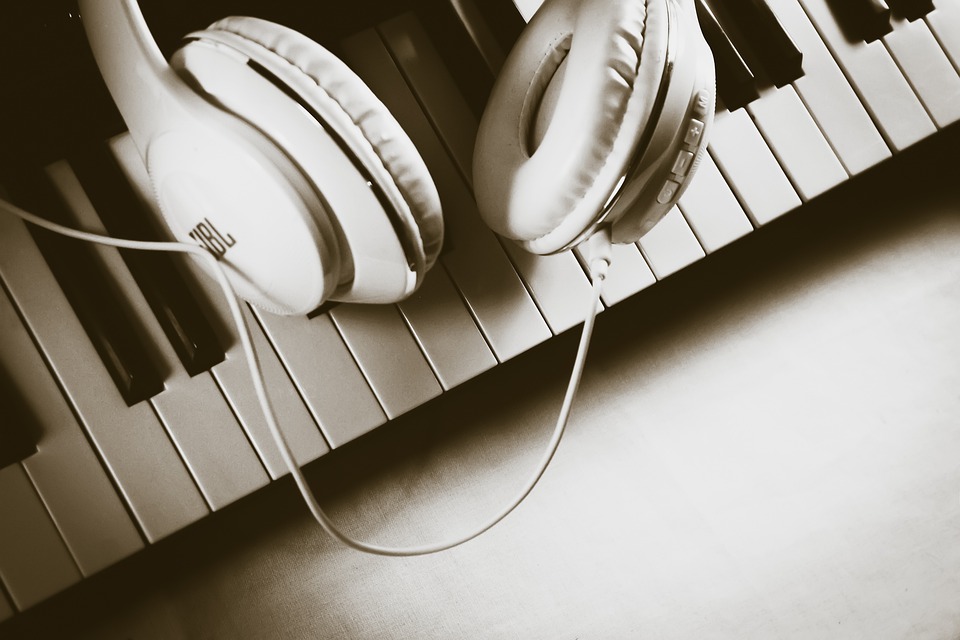
If your goal is to create and edit music from scratch, though, a synthesizer will unquestionably be your natural preference because it gives you plenty of options to easily compose the best music. A synthesizer is the best option if you wish to explore the mysterious world of sound synthesis, need it for studio use, and have the necessary resources. Even if you have mastered the piano, learning how to play a synthesizer is still challenging.
While digital pianos include several options to help you adjust your sound to the best level, synthesizers have a better sound creation capability and therefore offer greater versatility and ease of use. Only analog and digital synthesizers can use a synthesis engine. Because synths place a lot of emphasis on sound creation, there are many editing choices available. The typical synthesizers have 49 keys or fewer, yet that is more than enough to create wonderful sounds.
Which Is Better For Beginners?
Keyboards are made for musicians who want to use a variety of sounds, samples, and automated accompaniments to play in any style they can think of. The use of synthesizers is better suited for musicians who would like to design their own sounds or fine-tune pre-existing samples.
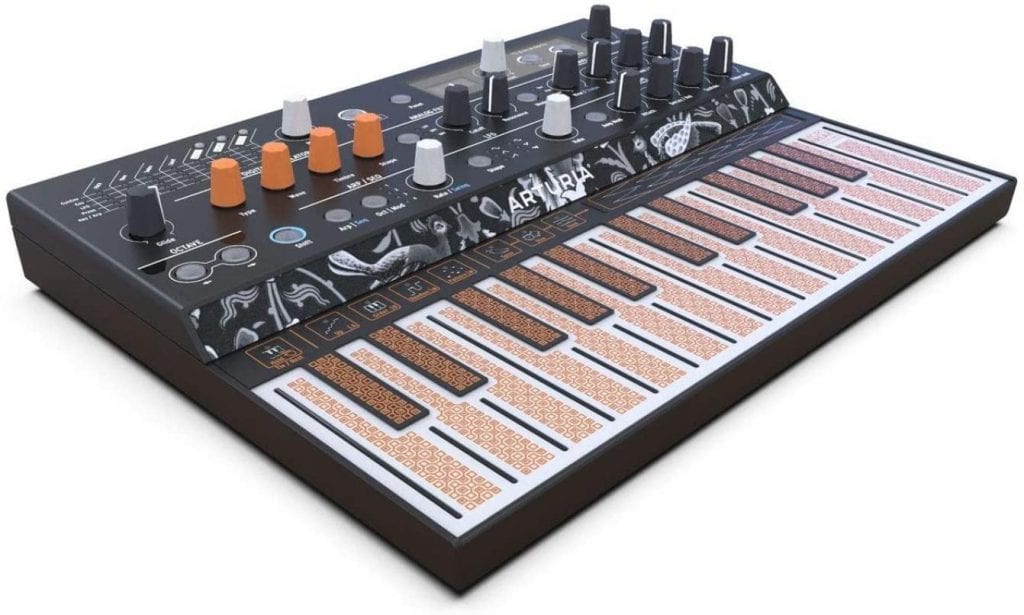
The least expensive method to get started is with an electronic keyboard, but learning piano on a lightweight, non-full-size beginner keyboard is far from ideal and might even be discouraging. It is recommended to upgrade as soon as feasible, to at least a digital piano.
Check Out: Best Digital Pianos for Intermediate Players
Which One Is More Economical?
Your budget is the last thing to consider. The best piano keyboards are available at a wide variety of price points, and there is a lot of overlap among them. In general, the performance of these instruments increases with price. Therefore, attempt to budget a little higher if touch or sound quality is more essential to you. You will have a wonderful instrument that will be enjoyable and inspirational to play.
If you purchase a digital piano that meets your needs and ambitions, they are a worthwhile investment. It often entails getting a piano of a higher caliber than you could if you purchased an equivalently priced acoustic piano, keyboard, or synth. The tone of digital pianos is created by mixing and recording many acoustic pianos sound samples. Because of this, digital pianos provide a sound and feel that are truer to life than keyboards.
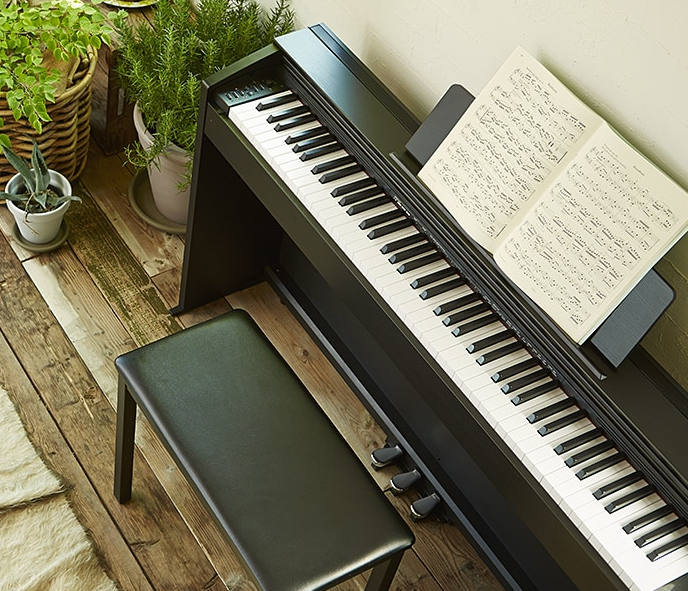
Which One Is Worth buying?
Most traditional pianists might not find a digital piano appealing. However, a digital piano is just a no-brainer for modern pianists. For many different reasons, digital pianos are simply more ergonomic. A digital piano’s key benefit is its adaptability.
Digital pianos, as we have established, can produce hundreds of different piano sounds, as well as organ, synth, and harpsichord tones. This not only makes it simple to locate the ideal sound for a particular style or song but much more significantly, it expands your creative options. And for a musician, that is the main focus!
Another benefit that makes digital pianos more appropriate for contemporary applications is their size. Real acoustic pianos are heavy and take up a lot of room, making them difficult to move around and store. This is not a problem if you have a big house or a studio. However, it can be for many people. While some digital pianos still come with full-sized wooden shells for a realistic appearance, there are numerous far smaller portable digital pianos on the market.
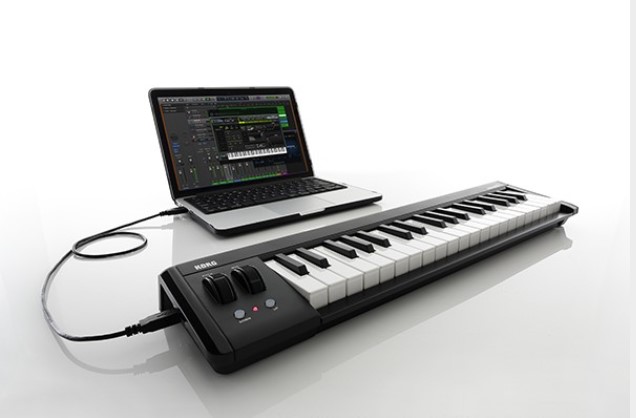
An acoustic piano simply isn’t practical in that situation if you’re a gigging musician because portability is a major factor. However, a little digital piano can be carried around conveniently in a case. It is also important to consider maintenance. The sounds that a digital piano generates are samples of pianos that were initially tuned to perfection. Therefore, tuning will not be an issue with a digital piano wherever you play. As opposed to acoustic pianos, which are sometimes out of tune due to variations in humidity or temperature, you can rely on the fact that your sound will always be consistent.
Summing Up
The decision you should ultimately make totally depends on what you intend to achieve with the instrument because there is fierce competition among the three. Will your instrument remain in one location, or do you require a portable instrument? Do you prefer to experiment with a variety of timbres or do you prefer the sound of an actual acoustic piano? How significant is the way the keys feel? Do you wish to perform piano-pedal-based music? When choosing keep these questions in mind so that you can be sure you are making the best decision possible.
Owning a musical instrument is always a matter of pride and joy. But a meager knowledge about them will lead you to the worst buy. With the above-mentioned characteristics and features of the three musical instruments with keys, you can fix your choice according to your purpose, preference, and purse. No doubt, each of them will outshine the others with their features and sound qualities. You can figure out many varieties of instruments in the three categories.
A little more research on them will help you to find out the best one for you. A gentle reminder, never blindly follow the suggestions as the question is not the best one outright, instead, which will be best suited for you.
Check Out: Best Digital Piano for Classical Pianists
Recommendations
Synth: Uno Synth Pro by IK Multimedia:
The analog synthesizer UNO Synth Pro is the little sibling to the UNO Synth. It is offered as a desktop touch-key device or a full-size, significantly more expensive keyboard version. The keyboard version is noticeably bigger and has actual pitch and mod wheels in addition to a sturdy metal housing. Aside from those variations and the power plug on the keyboard version, the two remain identical.
Three analog VCOs, a white noise generator, and UNO Synth Pro all have excellent tone-shaping choices. The three oscillators each have continuous waveform variations with modulation, ranging from saw to pulse width. Two analog state variable filters are present, each with a separate cutoff and resonance control. While the filter controls are dedicated, the function of most modifications depends on the currently active menu.
The potentiometers all feel smooth and firm with a great amount of resistance. There is also a superb modulation matrix that is simple to use and surprisingly quick and strong. This is an excellent synth for the money with a straightforward workflow, a superb sequencer, and some fantastic effects—although there are not many of them. In terms of tone and practicality, it is an excellent instrument that outperforms its price range.
Digital piano: Arius YDP-145 by Yamaha:
We all know that pianos are not exactly little, and for many beginning players, the instrument’s size alone might be intimidating. However, the YPD range is for you if you yearn to play the piano but lack the space for a full-sized upright. One of the greatest pianos for beginners is the Yamaha Arius YDP-145, which is also the most affordable model in the Arius line. This chic instrument provides the entire piano experience in a much more compact size and is designed to fit in practically any home.
Functionality is not sacrificed thanks to the 88 notes, weighted keys, and three pedals. Despite having fewer sounds than the bigger pianos on this list, the Arius’ ten sounds are all highly useful. Not a single sound on the board sounds like it was merely added to fill out the total. The Yamaha YDP-145 is the right piano for you if you want a stylish instrument with superb sound and delightful touch-sensitive key movement.
Keyboard: Yamaha PSR-E373:
Without a doubt, the best affordable keyboard is the Yamaha PSR-E373. The PSR-E373 more than meets the urgent demand for an update for Yamaha’s PSR series. Yamaha’s outstanding sound sampling is its key competitive advantage. The PSR-E373 sounds fantastic with an enlarged sound selection that includes some high-end tones. Yamaha succeeds in maintaining quality over 622 sounds, which is difficult to do. The built-in piano sound is noteworthy.
It is directly lifted from the far more expensive PSR-EW410, whose sounds were in turn taken from the $5,000 Tyros workstation. The PSR-E373 has 61 unweighted keys, however, there is also an alternative with 73 keys called the PSR-EW310. The PSR-unweighted E373’s keys are nonetheless useful for practicing despite their lack of realism. The ability to modulate dynamics is available to pianists of all levels thanks to fine-tuned velocity curves. Despite just having a 2.5W power output, the stereo speakers are also reliable.
